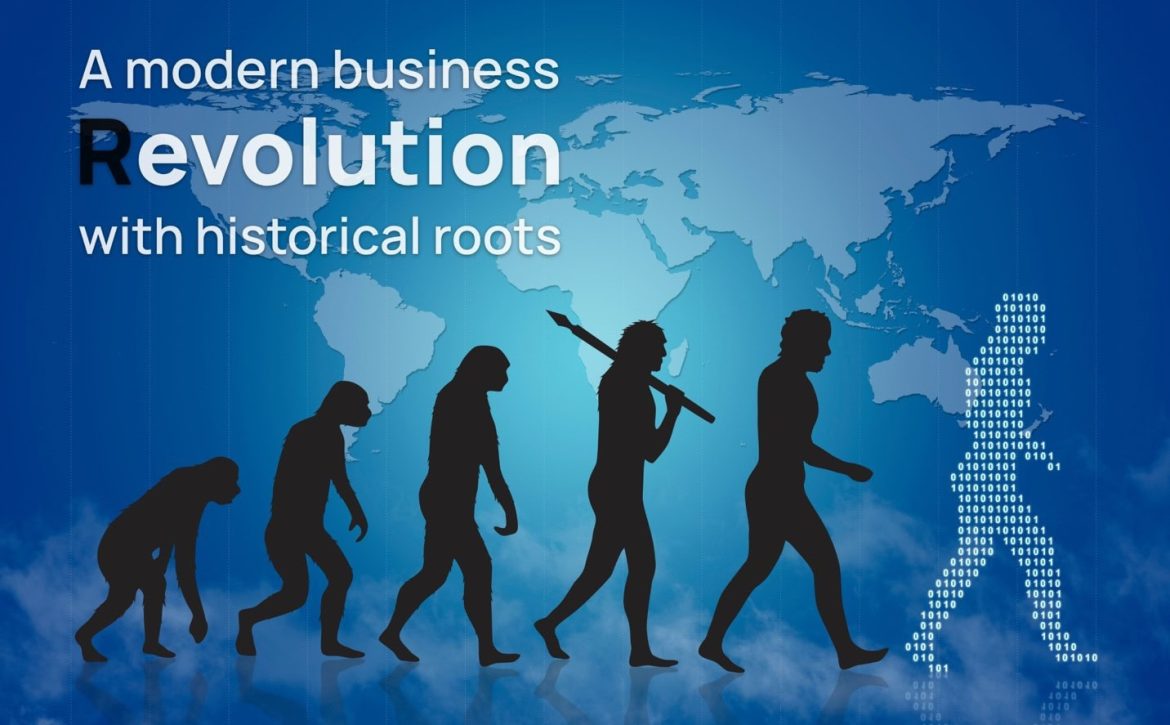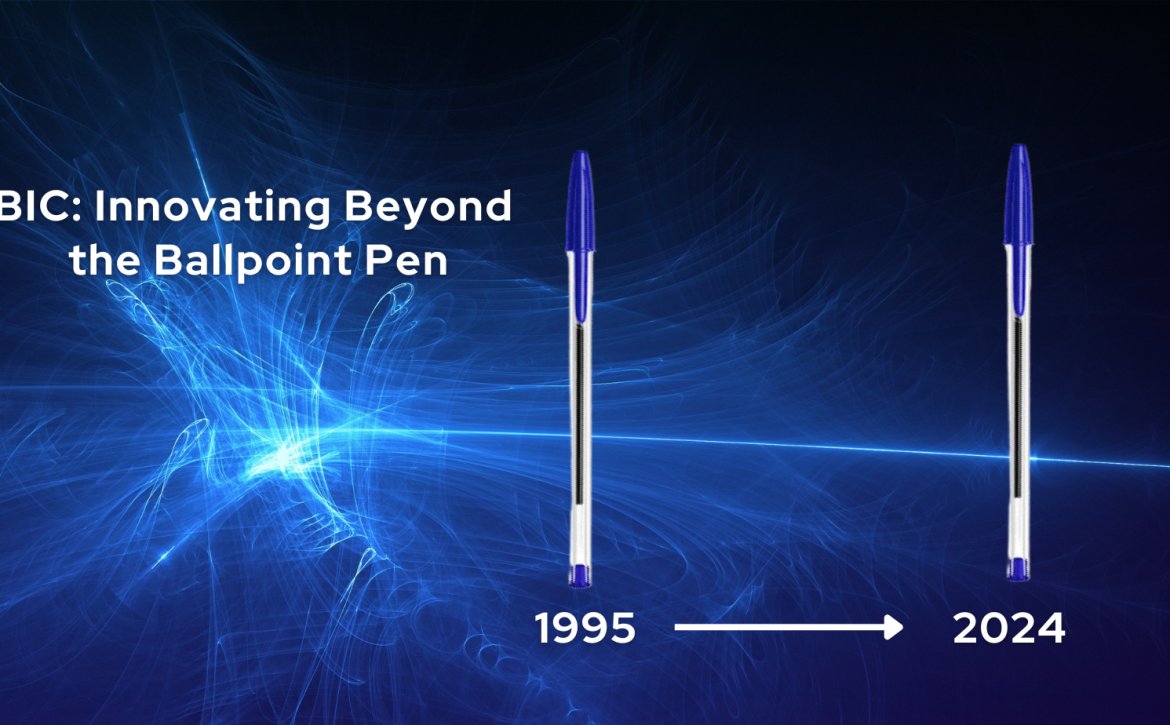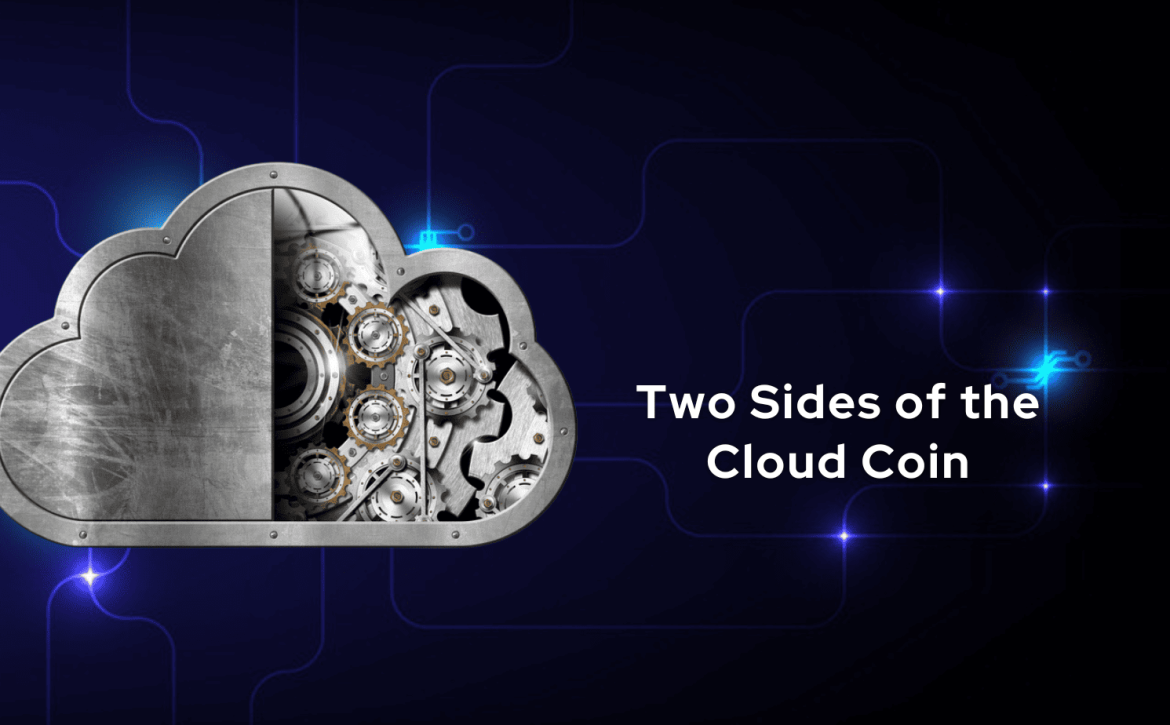The Cloud Migration Crossroads: A Modern Business Revolution with Historical Roots
In the ever-evolving landscape of technology, businesses constantly face the decision of whether to migrate their operations from on-premises infrastructures to cloud computing environments. This decision is akin to the monumental shifts in industry and economy chronicled in history books such as “Guns, Germs, and Steel” by Jared Diamond. Just as those great decisions shaped the future of humankind, the choice to transition to the cloud can significantly impact the trajectory of a business. Here’s a comprehensive guide to understanding when it’s the right time to make this leap, the advantages and disadvantages of cloud migration, and the historical parallels that underscore its importance.
The Winds of Change: When to Embrace the Cloud:
- Scalability Needs: If your business is experiencing rapid growth or unpredictable demand, the scalability offered by cloud services can be invaluable. Unlike on-premises systems, cloud infrastructure can be easily scaled up or down based on your requirements.
- Cost Management: When the costs of maintaining and upgrading on-premises hardware and software become prohibitive, migrating to the cloud can offer significant savings. Cloud services operate on a pay-as-you-go model, which can help manage and reduce overall IT expenses.
- Remote Workforce: The rise of remote work has made cloud computing more relevant than ever. If your business has a distributed workforce, cloud solutions can provide seamless access to essential tools and data from anywhere in the world.
- Security Concerns: Modern cloud providers invest heavily in security measures and compliance certifications. If your business faces escalating security threats or compliance requirements, the advanced security features of cloud platforms can provide peace of mind.
- Disaster Recovery: The ability to quickly recover from a disaster is crucial for business continuity. Cloud services typically offer robust disaster recovery options that can minimize downtime and data loss.
Pros of Cloud Migration:
- Flexibility and Scalability: Cloud computing offers unparalleled flexibility, allowing businesses to scale resources up or down as needed.
- Cost Efficiency: Reduces the need for significant capital expenditure on hardware and infrastructure. Operational expenses are more predictable and manageable.
- Enhanced Collaboration: Facilitates better collaboration among teams, especially in remote work scenarios, with real-time access to data and applications.
- Advanced Security: Leverages the sophisticated security protocols and compliance standards of cloud providers.
- Automatic Updates: Ensures that your software and infrastructure are always up-to-date without the need for manual intervention.
Nothing is 100% good or bad, so there are some disadvantages. However, these are not significant enough to outweigh the overall benefits. These drawbacks are more like occasional side effects, similar to those of a medical treatment. We are aware of the potential ‘blind spots’ and through our consultancy, we can greatly minimize their impact.
Cons of Cloud Migration:
- Dependency on Internet: Cloud services require a reliable internet connection. Downtime or connectivity issues can disrupt access to essential services.
- Data Privacy Concerns: Storing sensitive data off-premises raises concerns about privacy and control. Businesses must ensure that their cloud provider complies with relevant data protection regulations.
- Potential Downtime: While rare, cloud service outages can occur, potentially impacting business operations.
- Migration Complexity: The process of migrating to the cloud can be complex and time-consuming, requiring careful planning and execution.
Learning from Great Decisions:
In “Guns, Germs, and Steel,” Jared Diamond explores how the decisions to adopt agriculture, metallurgy, and other technological advancements transformed societies and economies. Similarly, the decision to migrate to the cloud represents a transformative step for modern businesses. Just as early societies weighed the benefits and risks of adopting new technologies, contemporary businesses must carefully consider the timing and implications of cloud migration.
Industrial Revolution: The shift from manual labor to mechanized production during the Industrial Revolution is analogous to moving from on-premises to cloud computing. Both transitions involve embracing new technologies to achieve greater efficiency and scalability.
Economic Shifts: The global economy’s move from agricultural to industrial and now to information-based paradigms reflects the ongoing evolution in business operations. Cloud computing is the latest frontier in this progression, offering new ways to leverage information and technology.
Cloud Computing: A Brief History and Evolution
The concept of cloud computing has roots that trace back several decades. Here’s a brief overview of its evolution:
- 1960s – The Foundation: The idea of time-sharing, where multiple users share computing resources, laid the groundwork for cloud computing. Companies like IBM and DEC developed mainframe computers that could be accessed by multiple users simultaneously.
- 1990s – The Internet Era: The rise of the internet in the 1990s enabled remote access to data and applications, setting the stage for cloud computing. Salesforce.com, launched in 1999, became one of the first companies to deliver applications over the internet, pioneering the concept of Software as a Service (SaaS).
- 2000s – Cloud Emergence: Amazon Web Services (AWS) launched in 2006 with its Elastic Compute Cloud (EC2) service, marking a significant milestone in cloud computing. This era saw the introduction of Infrastructure as a Service (IaaS) and Platform as a Service (PaaS) models, enabling businesses to access computing resources on demand.
- 2010s – Mainstream Adoption: The 2010s saw widespread adoption of cloud services, with major players like Microsoft Azure, Google Cloud Platform, and IBM Cloud entering the market. Businesses began migrating critical workloads to the cloud, driven by the promise of scalability, cost savings, and flexibility.
- 2020s – Advanced Technologies and AI: The current decade is characterized by the integration of advanced technologies like artificial intelligence (AI), machine learning (ML), and the Internet of Things (IoT) into cloud services. Cloud providers are continuously enhancing their offerings to include sophisticated analytics, automation, and security features.
The Path Forward – A Calculated Risk:
In the words of historian Yuval Noah Harari, “The most important thing is to be able to constantly learn and change.” As with the great decisions of the past, the choice to migrate to the cloud isn’t without risk. Yet, with careful planning, thorough research, and a willingness to adapt, the cloud can empower businesses to thrive in the digital age, much like the Industrial Revolution propelled those who embraced its innovations.
Determining the right time to migrate your business to the cloud involves assessing your current needs, future growth prospects, and the specific advantages and disadvantages of cloud solutions. By drawing parallels to historical decisions that shaped human progress, it becomes clear that embracing cloud computing can position your business for greater flexibility, efficiency, and resilience in the face of modern challenges. Just as the great decisions of the past forged new paths for societies, the decision to migrate to the cloud can pave the way for your business’s future success.








